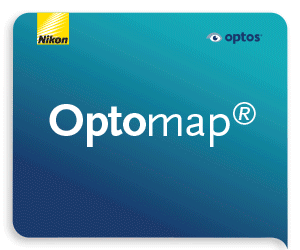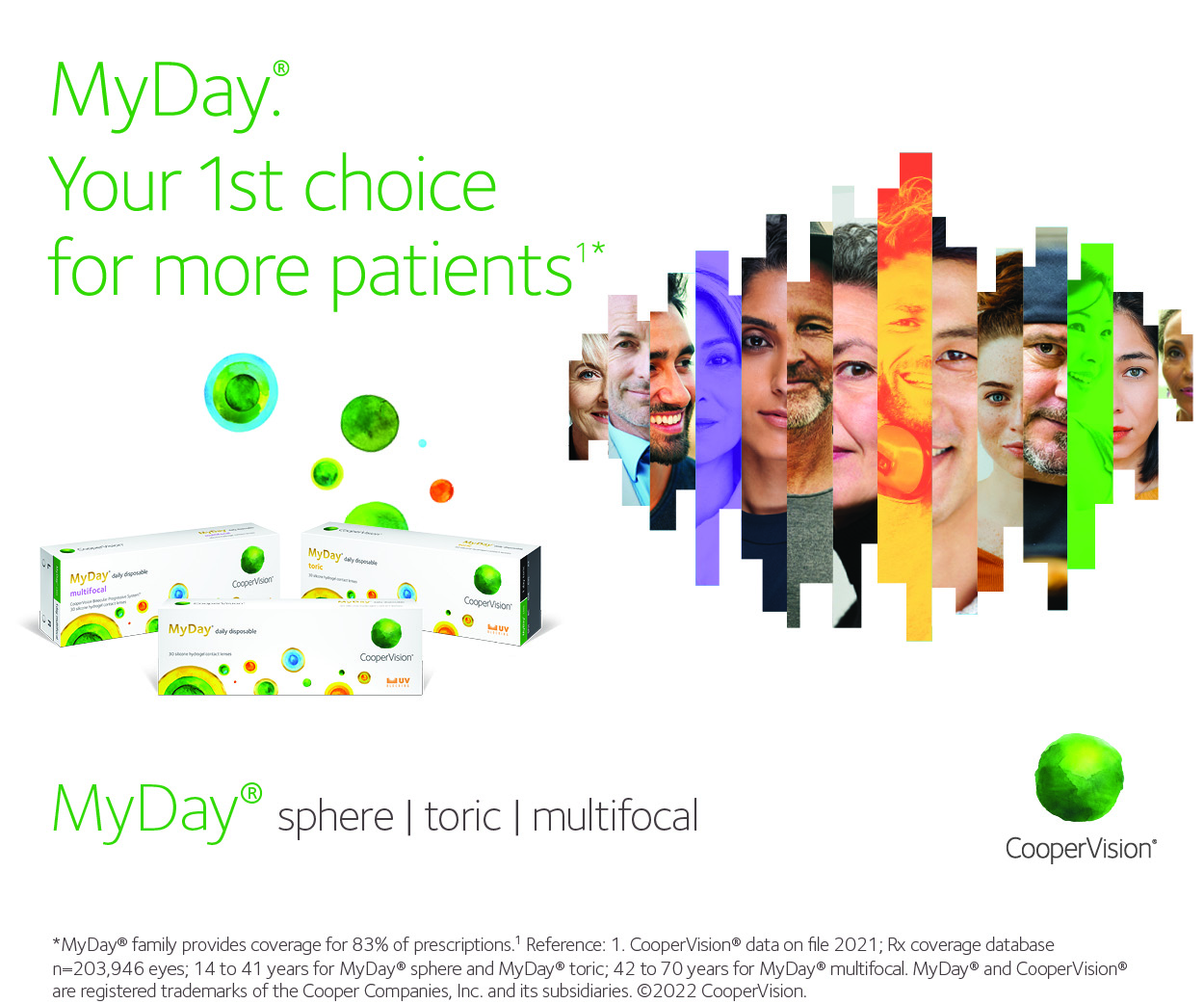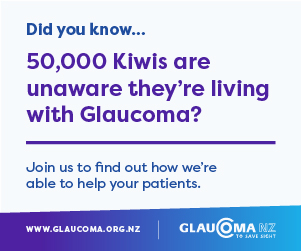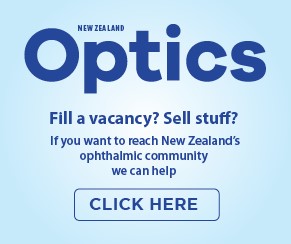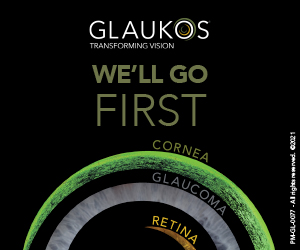Marketing business focus fundamentals - part four
We have saved the big one for the final piece in our Business Focus Fundamentals series – marketing. Collective groan? Stay with us; it’s a fundamental for a reason – if the relationship has become tricky, it’s time to become BFFs all over again.
Back when Lynden Mason acquired his first optometry practice as a fresh optometrist, he quickly noticed a pattern. Eventually owning and operating 10 successful clinics, he saw that each new practice was technically strong, the optometrists clinically excellent, the equipment good and the patient care solid. Yet, the difference between a struggling practice and one that thrived almost always came down to one thing: marketing.
Beyond the two-year recall
Most practices communicate with patients only when their next eye examination is due, usually every one to two years. A letter goes out and that is the extent of the relationship until the patient walks back in.
Mason knew this was not enough. He and his team set about creating regular, meaningful communication. While you might think this is a laborious task now, 20 years ago Mason certainly didn’t have the instant marketing resources we have today – it meant printed newsletters delivered by post. “It was a lot of work, but it was important,” he says. These newsletters were not just sales tools, they contained genuinely useful eye health information, such as articles about glaucoma, computer vision syndrome, dry eyes and contact lenses. They included tips that patients could share with friends and family, as well as features on fashion frames and new lens products.
The philosophy was simple: keep the conversation going. If most people only bought glasses every two to four years, one of the biggest opportunities was to shorten that cycle. Regular communication created the platform to engage patients not just for spectacles, but also for prescription sunglasses, second pairs and lens upgrades.
There is a misconception in optometry that marketing is somehow separate from clinical practice. But, as Mason says, marketing is just communication. And, for optometrists, communication with patients is one of the most important parts of the role. Marketing is simply the extension of the skills you already use in the consulting room every day – translating expertise into clear, engaging and useful language that resonates with your patients.
Mason says in optometry school he received one of the best pieces of advice he was ever given: if you’re an expert but you can’t explain what you’re saying to a 10-year-old, then you probably don’t really understand it yourself. “That stuck with me. It’s a reminder to keep things simple, keep it sharp, fun and engaging,” he says.
Understanding the business model
The uncomfortable truth is that, in New Zealand, the business model for optometry does not stack up if you rely solely on consultation fees.
“Optometrists would love to be able to charge significantly for an eye exam, but the business model only works if you sell retail products. Eye exams alone are not going to pay your team’s wages and sustain the business,” says Mason.
To succeed as a business owner, or even as an employee who wants to earn more, you need to understand where the money comes from. You need to sell retail and to do that you must understand and activate marketing.
This understanding is why Mason was able to build a group of practices strong enough that Luxottica bought them. He was not a better clinician than the people he employed, what he did differently was constantly switch hats between clinician and marketer.
Today’s marketing toolkit is broad and powerful. We have social media, email newsletters, SMS updates and digital advertising at our disposal. Every practice should be building its social-media following and communicating regularly about interesting topics. Think of it as part of your duty of care. You would not withhold important clinical knowledge during an exam, so why withhold useful eye health information or product updates outside of it?
Of course, there are rules to follow. In New Zealand, you generally need consent to send marketing communications. The good news is that if someone has had an eye exam or purchased glasses from you, implied consent usually applies for communications related to optometry services or products. That said, to stay fully compliant and to open the door for broader marketing in the future, you should also be collecting express consent wherever possible.
The takeaway
Marketing is not an optional extra or about being sales oriented. It is about consistent communication, patient education and creating opportunities to grow your business sustainably.
Every thriving practice Mason ever ran had two things in common: clinical excellence and active marketing. One without the other simply was not enough.
So, as you reflect on your own practice, ask yourself: are you communicating enough? Are you showing up in your patients’ lives more often than every two years? If not, now is the time to change. Because in today’s world, the most successful optometrists are not just great clinicians, they are also great communicators.
We hope you have enjoyed learning about our Business Focus Fundamentals. If you apply these in your practice, we are confident you will see measurable change not just in your numbers, but in your confidence, your client engagement and in the very understanding of your own business.

Teréze Taber is a former television producer and content writer and brand specialist. With Lynden Mason, she is now focused on their private consultancy practice, Behind the Brand. Contact Lynden for a one-hour initial discovery consultancy discussion at lynden@behindthebrand.co.nz.




